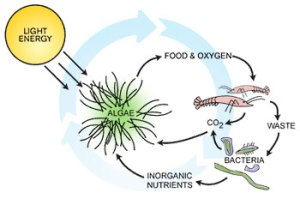Hi everyone! If you listened to our show this morning about suction dredge mining, you heard us mention that you should contact your Oregon representatives and let them know how the health of salmon and the stream ecosystem is important to you. Specifically, that you would like them to vote YES on Senate Bill 3.
Below is the contact information for some of our state-level legislators, plus a script of what to say in your email.
(If your rep isn’t listed here, click on this link: Find Your Legislator and find your district on the map. Remember, each district has a senator and a representative! Double the fun!)
Mt. Tabor area:
Senator Michael Dembrow – 503-986-1723 – Sen.MichaelDembrow@oregonlegislature.gov
Representative Alissa Keny-Guyer – 503-986-1446 – Rep.AlissaKenyGuyer@oregonlegislature.gov
Reed College, Milwaukee & SE Portland:
Senator Kathleen Taylor – 503-986-1721 – Sen.KathleenTaylor@oregonlegislature.gov
Representative Rob Nosse – 503-986-1442 – Rep.RobNosse@oregonlegislature.gov
Lake Oswego, West Linn, Tualatin:
Senator Richard Devlin -503-986-1719- Sen.RichardDevlin@oregonlegislature.gov
Representative Ann Lininger – 503-986-1438 – rep.annlininger@oregonlegislature.gov
North Portland:
Senator Lew Frederick – 503-986-1722 – Sen.LewFrederick@oregonlegislature.gov
Representative Tawna D. Sanchez – 503-986-1443 – Rep.TawnaSanchez@oregonlegislature.gov
Be sure to share the science by emailing your reps a link to this episode & the following (you can copy and paste, we don’t mind!) :
“Dear _____________(your rep’s name here),
I love being a resident of Oregon, in part because I love the natural beauty of this state. This includes the streams, rivers, and lakes that are essential to our way of life. I care about protecting these bodies of water, and our ecosystem as a whole, so I am urging you to vote YES on Senate Bill 3, expanding the moratorium on suction dredge mining.
I learned about SB 3 on the science show, Everything Is Interesting, that aired this morning on Portland’s XRAY 107.1fm station. By presenting the science in an approachable and interesting way, the show put me in a better position to understand the importance and fragility of the stream ecosystem and how suction dredge mining threatens the integrity of our water ways. I urge you to also listen to it. Click on this link and it’ll bring you right to it: “Salmon, Streams, and Suction Dredge Mining”
Thank you for your time,
__________________ (your name here)














You must be logged in to post a comment.